How To Fix Chipped Paint On A Car In 7 Easy Steps
-
Pete Ortiz
- Last updated:
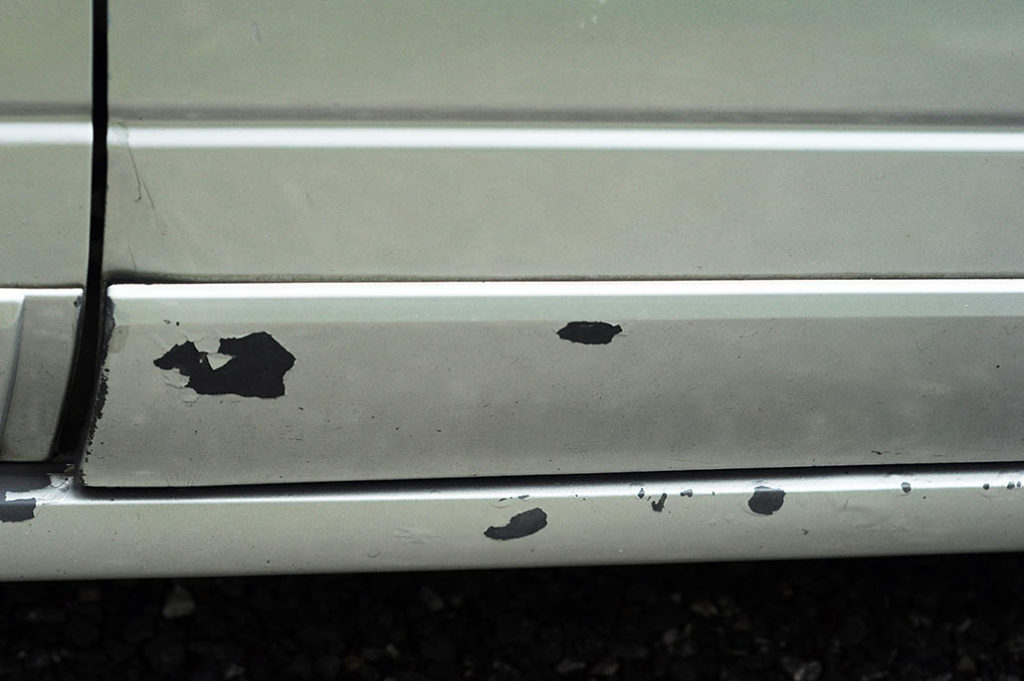
Cars travel at speeds of up to 70mph on roads that are often littered with small gravel and other bits of debris so while the bodywork is designed to withstand some general wear and tear, it is natural that, at some point, you will suffer a chip in your paintwork.
A small chip can be virtually invisible, until you know it’s there, but if you leave it to its own devices, the metal below will react with water and oxygen, eventually turning a small blemish into a patch of rust.
While it is possible to fix a small chip yourself, typically in just a few minutes and for a few dollars, fixing a rust patch is a lot more work and can end up costing you considerably more money. Fortunately, fixing chipped paint is relatively easy, as long as you do catch it before it rusts, and it requires no experience and minimal equipment and materials.
Below, we look at two possible ways to repair chipped paint, using either a touch-up pen for small chips or primer and paint for larger chips, and walk you through the process. We also give you details of the equipment and materials that you will need to get the job done.
Determine The Damage
Before you start painting over chipped paintwork, you need to assess the size of the damage and especially the size of the chip. If the chip is nearly the size of a dime, you may need to have it professionally touched up to ensure the metalwork underneath is still adequately protected from the elements.
Look for signs of rust. You should either be able to see primer or bare metal underneath the chip. The metal should be silver or metal colored, and not brown or rust colored. If there is a little rust, you may be able to remove this before you start painting, and still offer the protection your car needs.
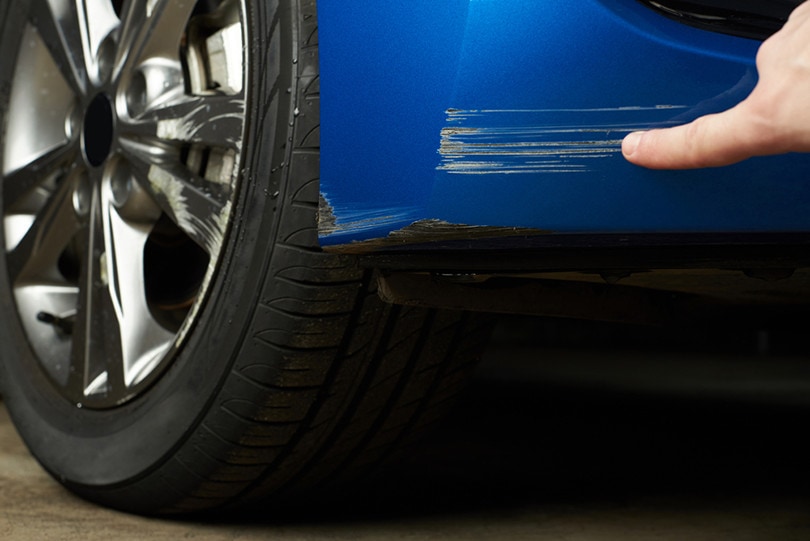
Materials And Equipment
For a small chip, approximately a quarter of the size of a dime, you can use a touch up pen. For anything slightly larger than this, you will need to use primer and paint to do the job properly. The technique you use will determine the equipment you need.
- Canned air
- Cloth
- Tweezers
- Warm soapy water
- Wax
- Touch up pen or primer
- Rubbing alcohol
- Touch up paint
Not all of the items above are essential. Tweezers can help remove pieces of debris when cleaning the air, while canned air is an effective way of blowing dust and dirt away. If you are using a touch up pen, then you won’t need rubbing alcohol, primer, or separate touch up paint.
When buying touch up paint or a touch up pen, some companies may ask for your VIN number. This enables them to exactly match the color of paint they provide to that of your car. This is worth doing because even a slight difference in color can be highly noticeable once the job is done. Do bear in mind, however, that paint fades and discolors over time, so if your car is older, it may not exactly match the paint that is bought, no matter how carefully you choose it.

Touch Up Pen
Using a touch-up pen is the easiest method but is only usually viable for small chips that have not suffered or caused any other damage to the car.
1. Clean
Whatever method of touch-up you use, you must clean the area first. If you don’t remove any dirt and debris that’s caught in the area, you will paint it into the chip. This will prevent the paint from forming a barrier so, as well as looking unsightly, it can prevent the paint from stopping rust. Use a cloth and warm soapy water to ensure that the area is thoroughly cleaned. Let the area dry completely before moving on.
2. Touch Up
Remove the cap and apply the tip in the center of the chip. Most touch-up pens require that you apply some pressure to push the paint out of the pen and onto the car. Do ensure there is enough paint to cover the area, but don’t allow excess paint to drip or run. If you do apply too much, quickly remove it before it starts to dry.
3. Wash and Wax
Once the paint is completely dry, wash the car and apply a new layer of wax. Wax gives greater uniformity to the color and it also helps protect the new and existing paint.
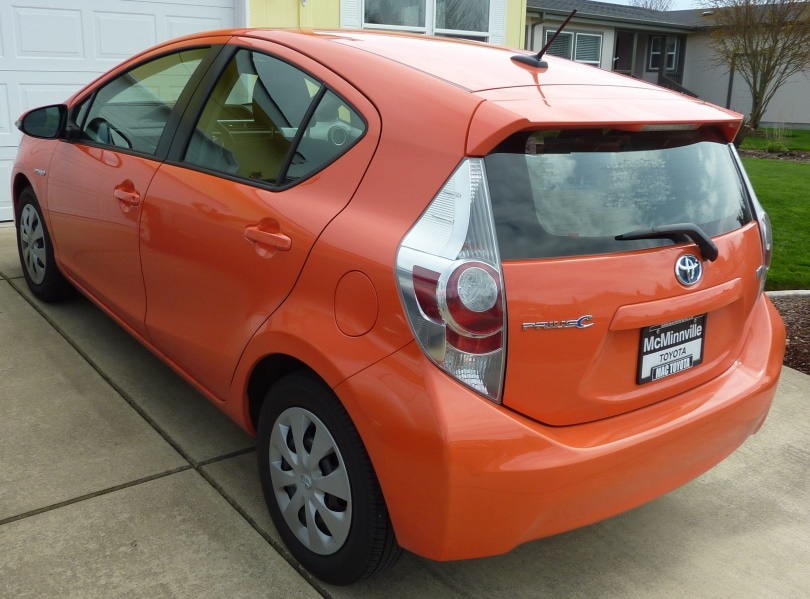
Repainting
If the chip is a little larger you may need to forego the touch up pen and use a combination of primer and touch up paint, using these 7 steps:
1. Remove Dirt
Remove grit, dirt, and other debris. You can use tweezers if the pieces of dirt are stuck on the paintwork or in the damaged chip. Canned air can also do a good job of blowing dirt away. Ensure there is no dirt left.
2. Clean
Use a cloth and warm, soapy water, and clean around the affected area. This will get rid of any remaining dirt, as well as some grease and other potential contaminants that will prevent the paint from adhering and protecting the car.
3. Apply Rubbing Alcohol
Rubbing alcohol will get rid of grease and oil, even if you can’t see any in the area. Use a rag and clear the chip itself as well as the area immediately surrounding it.
4. Apply Primer
Primer usually comes in a small pot and has its own applicator brush. Once the rubbing alcohol has dried apply a layer of primer to the metal. Take care not to get primer on the paint in the surrounding area. Clean away any excess primer or runs that appear.
5. Apply Touch Up Paint
Let the primer dry completely before applying touch up paint. The touch up paint will come in a similar tub to the primer and have its own brush inside the lid. Shake the paint, apply a small amount to the brush and then touch the brush on the affected area and allow the paint to flow from the brush and onto the metalwork. Do this a few times until the metal is covered, ensuring there are no drips or runs. Doing it this way takes a little longer but gives better results than brushing.
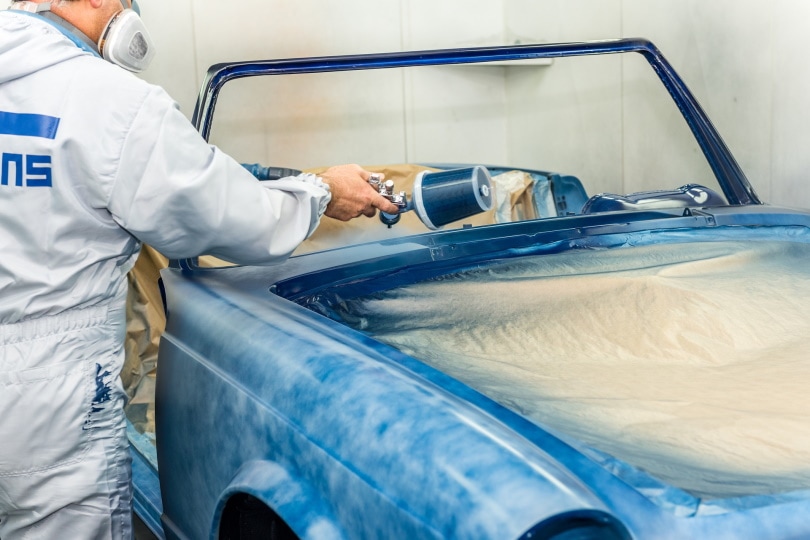
6. Dry and Reapply
Allow the paint to dry completely and apply a second coat, if necessary but only if the painted area is shallower than the original paint area.
7. Wash and Wax
Once the paint is completely dry, give the car a good wash and apply a new coat of wax for protection and to ensure a good, even paint color.
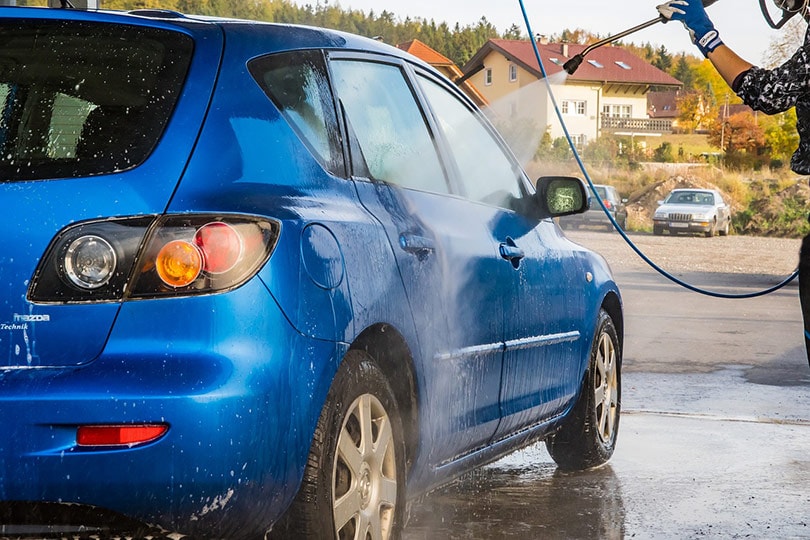
Conclusion
It is virtually impossible to avoid chips in a car, no matter how carefully you drive, and no matter how well maintained the roads you drive on. Fortunately, if the chip is relatively small and you notice it before the metal starts to rust, it is easy to use a touch up pen or a touch up applicator to go over the chipped area, ensuring your car looks good and is protected against potentially damaging rust.
Featured Image By: Heryz Zahhar, Shutterstock
Contents




